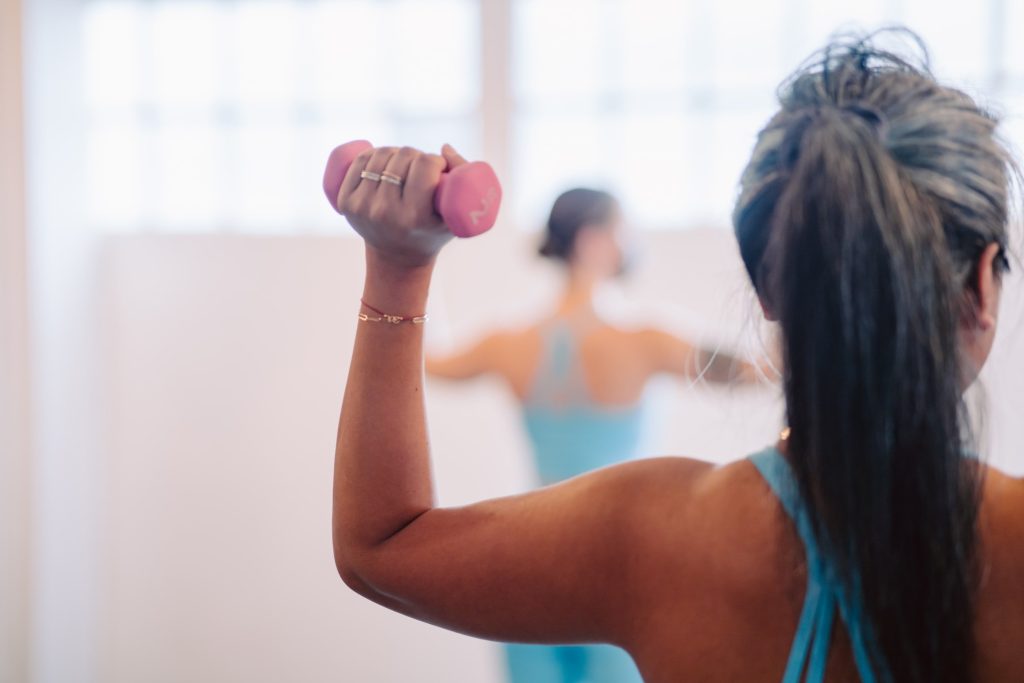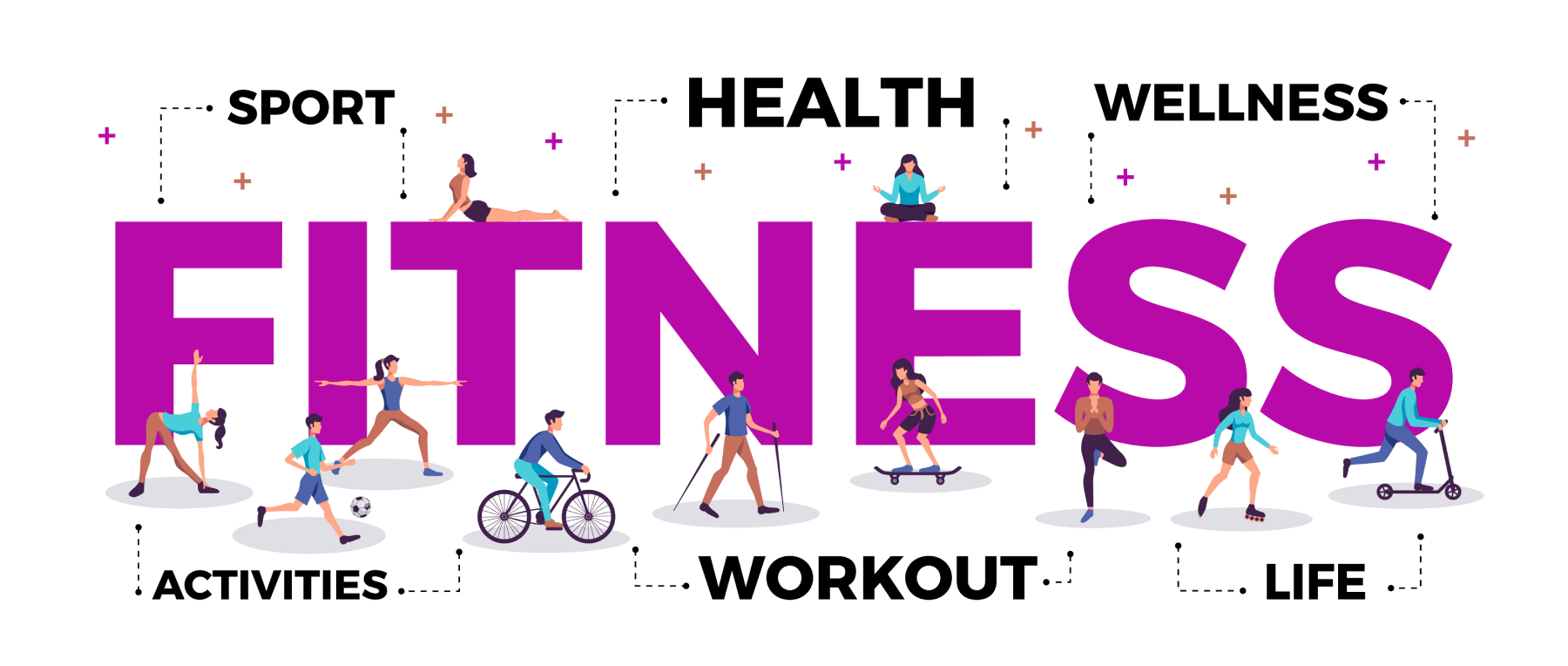Beginning Your Fitness Journey: A Starter’s Guide
Starting a fitness journey is an exciting chapter in anyone’s life. It’s an opportunity to enhance your health, tap into new energy levels, and boost your confidence. This guide is your beacon, illuminating the path to your home workout routine. It covers all you need to know about starting a fitness regimen right in your living room.
Uncover the Benefits of Exercise
Working out yields numerous health benefits, both physical and mental. It helps lose weight, reduce body fat, build muscle mass, and augment cardiovascular health. Engaging in routine physical activity also releases endorphins, alleviating stress and improving mood.
The merits of a home workout eclipse mere convenience; it promotes privacy and, sometimes, greater focus. With the right home workouts exercise routine, you can achieve your fitness goals at your convenience.
An Examination of Exercise Philosophies
Understanding the basic exercise principles is critical in getting started on your fitness journey. It anchors your workout routines in proven concepts that help you reach your fitness goals.
Understanding the FITT Principle
FITT, an acronym for Frequency, Intensity, Time, and Type, is a informative guide for designing a comprehensive workout routine that hones on your fitness goals. It helps you plan how often (Frequency) to work out, how hard (Intensity) to exercise, how long (Time) each session should last, and what types of exercises (Type) to incorporate.
Frequency relates to how often you engage in physical activity. For beginners, aim for 3-5 days a week, leaving rest days for muscle recuperation. Intensity focuses on how hard you should push yourself during a workout. Depending on your fitness level, it could vary from low to high intensity. Time refers to the duration of your workout. For starters, 20-30 minutes every day is sufficient, before gradually increasing. Finally, Type pertains to the kind of activity you opt for, such as cardio, strength training, or flexibility exercises.
The Art of Overloading in Exercise
Overloading means pushing your body past its comfort zone, prompting it to adapt and grow stronger. But remember, you need to know how to balance this with rest, preventing injuries, burnout, and hindrance in progress.
Defining Specificity in Fitness
Specificity is tailoring your workout routine to elicit specific changes, depending on the type of activity and muscle groups targeted. For instance, if you want to build muscle on your upper body, you would do exercises that target those muscle groups.
Exploring Various Types of Exercise
Exercise comes in many forms, each with unique benefits and methodologies. Here, we will focus on the key types: cardio, strength training, and flexibility.
Dive Into Cardio and Its Resources
Cardiovascular training, or cardio, is a kind of physical activity that raises your heart rate, enhancing cardiovascular health and burning calories. Excellent home workouts for cardio include jumping jacks, burpees, dancing, and high-knee running in place. If your home gym allows it, you can even use a jump rope or stationary bike.
Maximizing Strength Through Training
Strength training involves exercises designed to increase muscle mass and strength. It includes activities like push-ups, squats, lunges, and planks that use body weight to build muscle. Including resistance measures, such as resistance bands, enhances the effect. Time to dust off those bands you tucked away in your living room!
Strength Training Resources for Beginners
Online resources or a personal trainer can support you in navigating Strength Training and its nuances. From YouTube tutorials to fitness apps, various guides can help you with at-home strength workouts. Consider investing in a personal trainer for tailored advice and motivation.

Improve Your Flexibility for Enhanced Agility
Even as you work on cardio and strength training, don’t disregard flexibility. Regular stretching post-workout helps to increase your range of motion, decrease risk of injury, and enhance muscle recovery.
Flexibility, Yoga and Pilates: A Resource Guide
Flexibility exercises can include static stretches, dynamic stretches, Pilates, and yoga, amongst other workouts. Online classes are a fantastic resource to begin stretching and flexibility work at home.
Importance of Rest and Recovery in Fitness
Rest and recovery are an essential component of any fitness program. Rest days give your muscles time to repair, strengthen and grow. Therefore, ensure to factor in a rest day or two, every day as part of your home workout routine.
Merging Exercise Components for a Comprehensive Routine
A balanced routine should integrate elements of cardio, strength training, and flexibility. This combination yields a full body workout, helping you shed body fat, build muscle, and enhance fitness level.
Discover Motivation Techniques for Sustained Fitness
Fitness requires dedication and consistency, one needs motivation techniques to make it sustainable.
Helpful Resources to Keep Your Motivation High
To stay motivated, chart your journey: set fitness goals, track your progress, celebrate small wins, and engage in workouts you genuinely enjoy. Local virtual challenges or remote personal trainer sessions can also motivate you to stay on track.
Home workouts provide an efficient, accessible means to achieve your fitness targets. With commitment and consistency, your home workout routine will surely yield the desired outcome. Remember to seek medical advice diagnosis if you’re unsure of starting a new workout grind, you have all rights reserved to your health.
This tale has explored the vast landscapes of at-home fitness. We hope you’ve found inspiration and invaluable insights to begin your fitness expedition. So, gear up and get ready to embark on the journey of working out at home. From body weight exercises to scheduled rest days, we’ve provided everything you need to know for your home-based fitness journey. Now it’s your turn, ready to get your muscles moving? Good luck!
